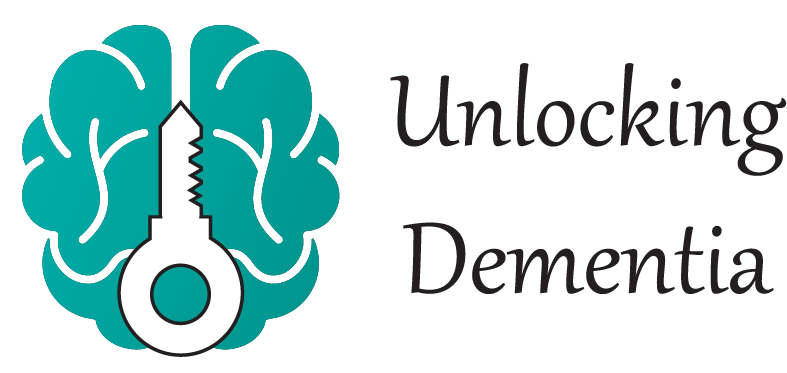A diagnosis is a clinical determination of a specific medical condition. It should include a careful discussion of the patient’s medical history and the development of symptoms. In the case of dementia, additional testing including an examination of memory and other cognitive skills, neuroimaging, and an electroencephalogram, used to record the electrical activity in the brain, may also be included to assist in determining the specific type of dementia.
Often family members don’t recognize the subtle changes in someone who may show symptoms of dementia. We may assume it is just a sign of aging because we all have short lapses in memory. We may not be ready to accept our loved one is showing the early signs of dementia. It can be hard for all of us to accept something is wrong.
Putting an item away but forgetting where you put it is normal as we age. Most times, a few clues or time thinking about the item helps us remember where we may have put it. Retracing our steps when we forget why we are headed in that direction often will bring the purpose of being there. When we are on a mission to retrieve an item, but forget what we are looking for, stopping in the spot and thinking about what we are looking for often helps us to remember. This is normal as we age or have many tasks active at the same time.
A person who may be in the early stages of dementia will put items in places that are not appropriate. For example, we put our keys in a rarely used coat pocket rather than on the desk by the front door. Later when we look for the keys, we remember the coat we wore and check the pockets. A person with the beginnings of dementia may put the keys in the refrigerator and the milk in the closet with the coat. It is now time for a trip to the doctor.
To ensure an accurate diagnosis is completed, visit a physician that specializes in the brain. A clinical examination to determine whether dementia is present should include a complete patient history and the development of symptoms. Cognitive and memory exams or tests should also be completed to determine the extent of cognitive impairment. A physical examination will assist in determining if the symptoms are from another disease or medical condition. Blood tests can eliminate irregularities in the blood as the reason for dementia-like symptoms. An electroencephalogram records the electrical activity of the brain and can identify abnormalities that may show signs of dementia.
Although the diagnosis may be dementia, there are many types of dementia and many ways the stages of dementia are defined. Some define dementia as only four major dementias, others include diseases that impact the brain in the same manner as dementia. However, as it is defined or labeled, dementia symptoms follow patterns with the ultimate deterioration of the brain.
Alzheimer’s dementia is the most common and recognized type of dementia. Lewy bodies dementia, frontotemporal dementia, and vascular dementia are the remaining major types of dementia. Other less recognized dementias include mixed dementia, Huntington’s, Parkinson’s, Creutzfeldt-Jacob, and post-traumatic stress disorder are all related to dementia exhibiting a mix of dementia and dementia-like symptoms.
Dementia has various stages, depending upon the source of information. Most medical diagnoses characterize dementia in three stages: mild, moderate, and severe. Reisberg’s system uses seven stages from no impairment to severe decline to identify dementia. Positive Approach to Care uses a 5-step identification for the level of dementia. Those and others use labels to help identify the symptoms of the stages, and the personality and functionality level of the person living with dementia. Because symptoms vary by the type of dementia and the patient’s responses to the disease, no one system is 100% accurate and there are many overlaps between stages.
These levels of impairment are guides and lifelines as caregivers, family members and those living with dementia take this journey. Each type of dementia has its own set of symptoms and timeline for the rate of decline; however, most dementias share common symptoms. Because there are highs and lows, and changes in condition, often it is the familiarity of the caregiver and family members in combination with the doctor’s care that helps to determine the specific stage of dementia.
Although this is one source of information, become proactive and an advocate for the dementia patient. Use resources such as the ones listed in the resource tab, community support organizations, national organizations, and resource centers within your locality. If you feel something is not listed in our resource tab, sent me a text and I will add it to the resources. Any information can help, even if it is not right now. Dementia is an everchanging environment and the information received today may help someone else tomorrow.
Dementia has various stages, depending upon the source of information. Most medical diagnoses characterize dementia in three stages: mild, moderate, and severe. Reisberg’s system uses seven stages from no impairment to severe decline to identify dementia (Reisberg). Positive Approach to Care uses a 5-step identification for the level of dementia (Positive Approach to Care). Each of them uses labels to help identify the symptoms of that stage and the personality and functionality level of the person living with dementia.
